1. Mother Elephants Form Impenetrable Shields
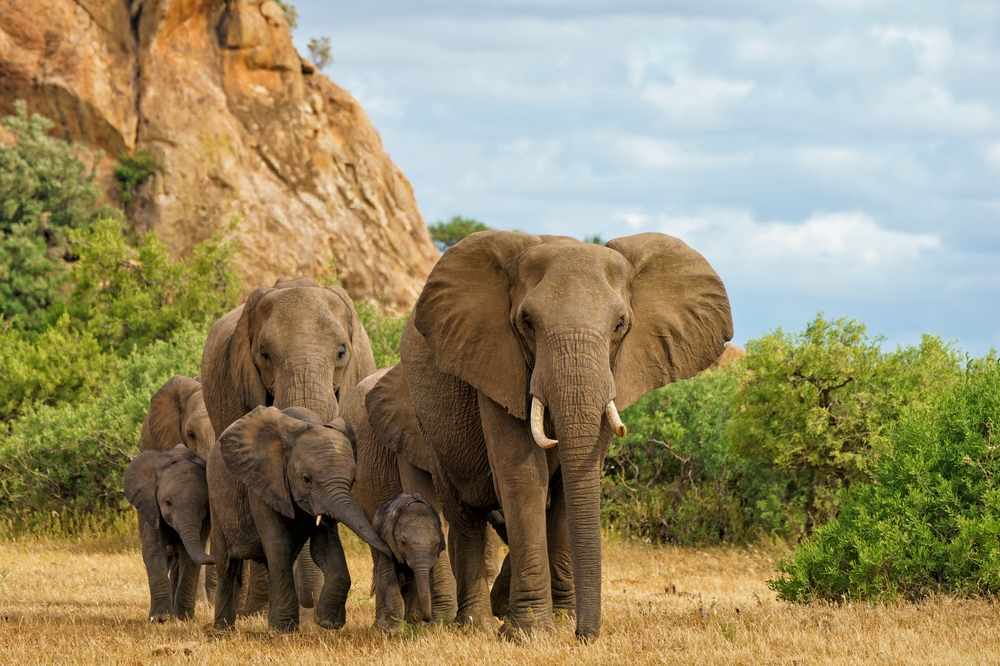
Elephant mothers aren’t just nurturing—they’re strategic warriors. When danger approaches, the herd’s females create a circle around the calves, locking trunks and tusks in a united front. This wall of maternal determination is nearly impossible for predators to penetrate, proving that teamwork makes the dream work, even in the wild.
2. Octopus Moms Sacrifice Themselves
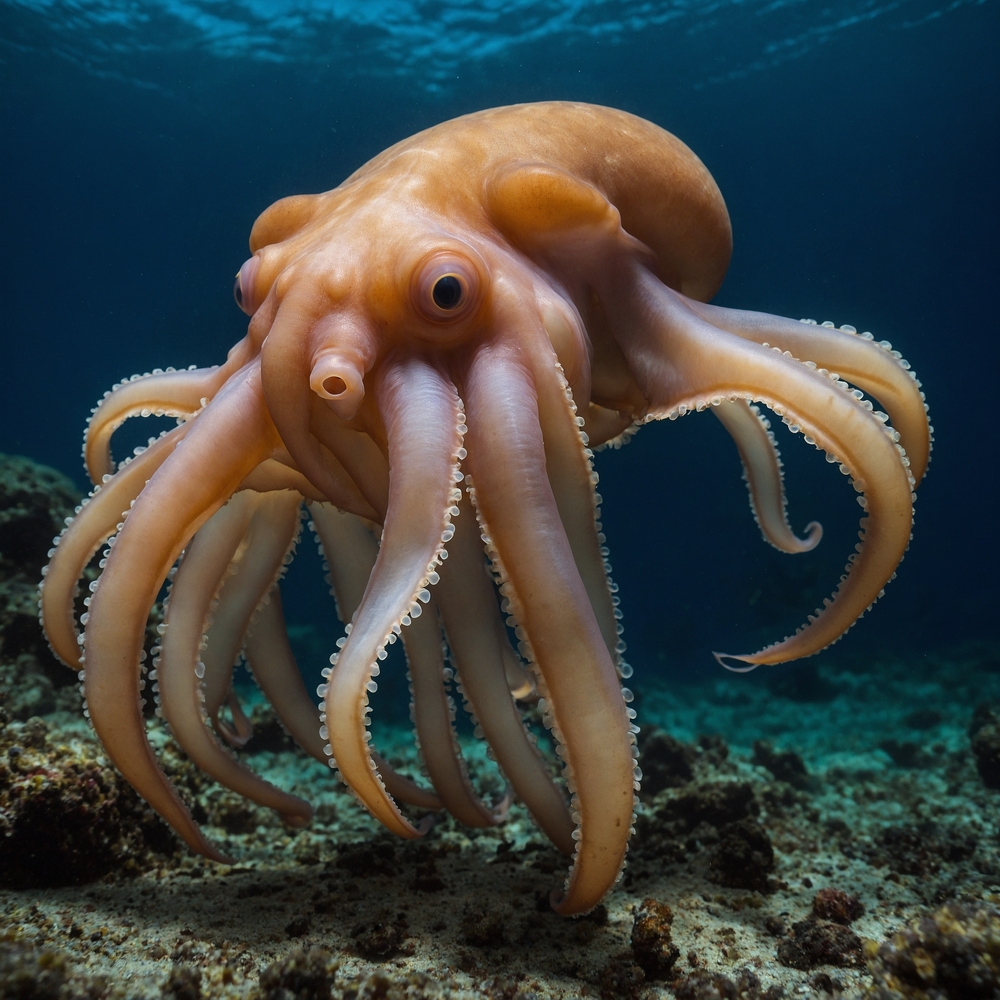
Octopus mothers take parental devotion to a heartbreaking extreme. After laying thousands of eggs, they stay with them, constantly guarding and aerating the clutch. They don’t eat or leave until the eggs hatch, often dying from starvation in the process. It’s the ultimate act of selflessness, ensuring their young have a chance to survive.
3. Opossums Fake Their Own Death

To protect their babies, opossums take their drama skills to Oscar-worthy levels. When confronted by a predator, they “play dead,” releasing a foul smell to mimic decay. Meanwhile, their young stay hidden, safe from harm. It’s a macabre but genius way to redirect attention away from their most precious cargo.
4. Poison Dart Frogs Transport Their Tadpoles
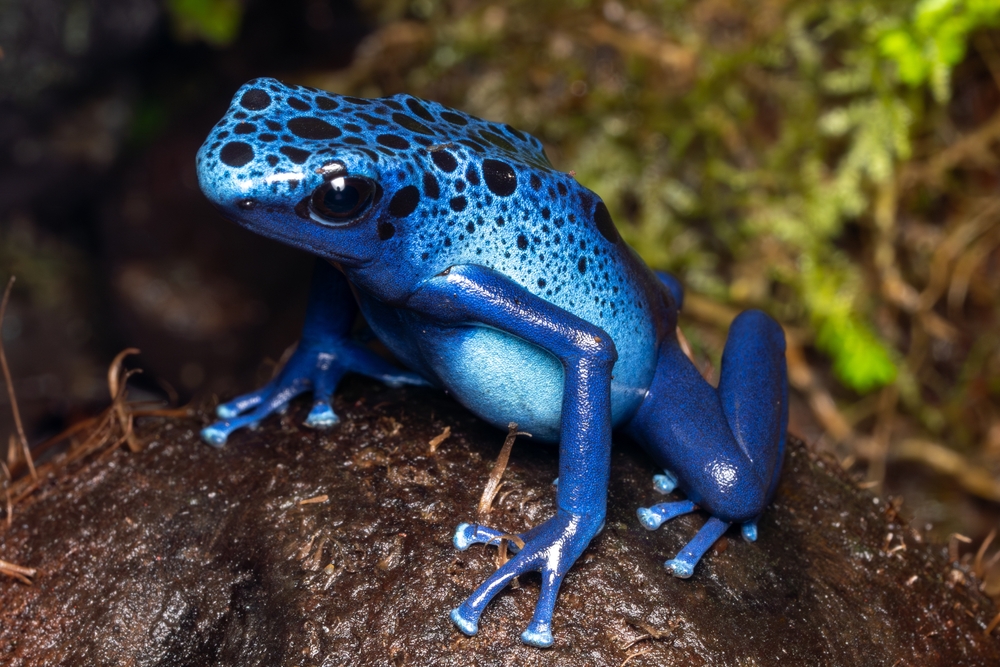
These vibrant little amphibians are all about proactive parenting. Poison dart frogs carry their tadpoles on their backs to safe, water-filled spots like bromeliads. Some species even feed their young with unfertilized eggs. It’s a daily labor of love that ensures their babies stay nourished and protected.
5. Cheetah Moms Teach Survival Skills
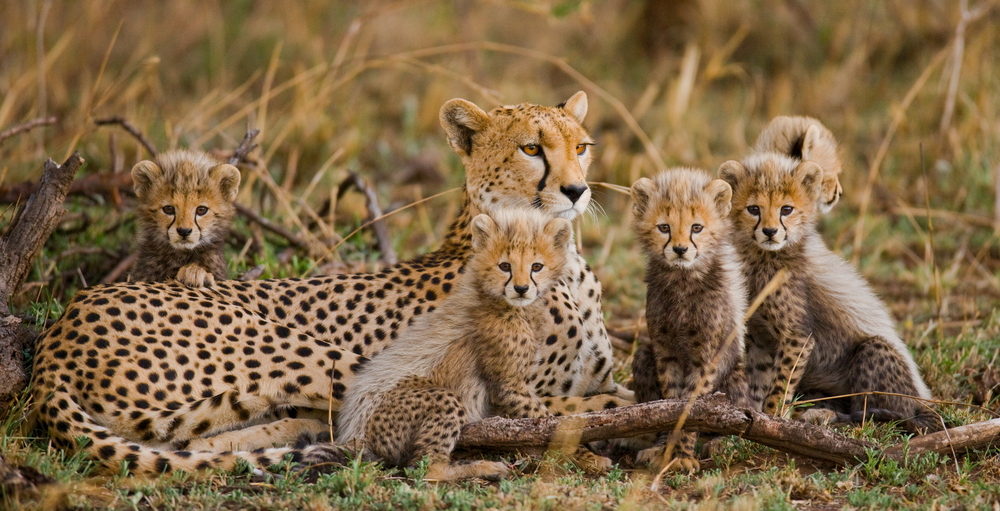
Cheetah mothers don’t just defend their cubs—they prepare them for life’s dangers. From a young age, cubs watch and learn as their mother hunts and fends off threats. She even stages “practice hunts” with live prey to sharpen their instincts. It’s parenting with a clear focus on self-reliance.
6. Orca Pods Defend as a Family
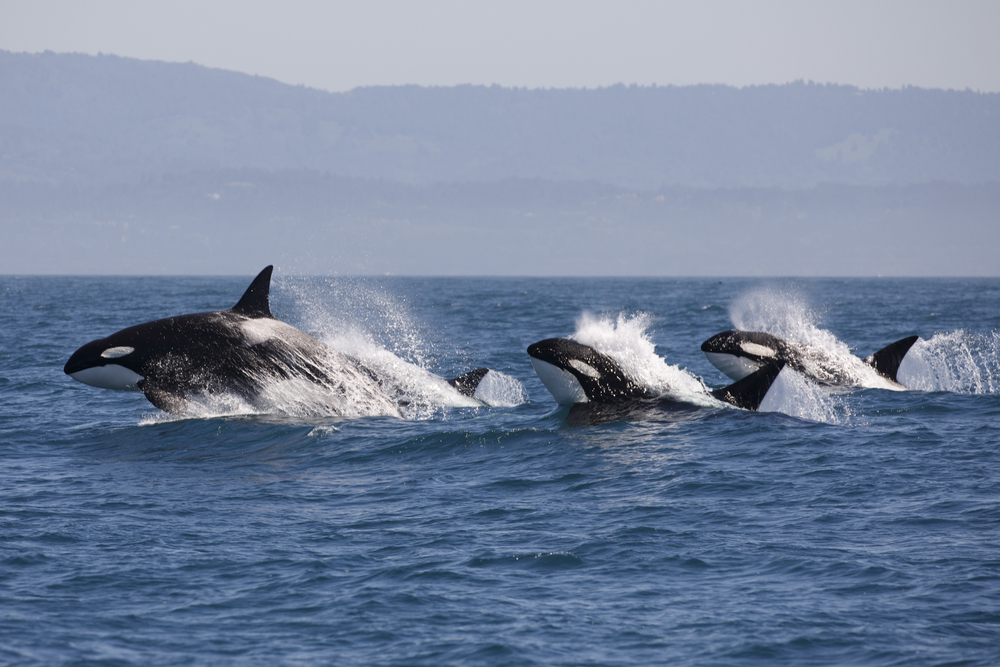
Orcas, or killer whales, are the ultimate family unit. When a calf is threatened, the entire pod rallies together, forming a moving shield to block predators like sharks. Their coordination and loyalty highlight just how strong bonds within animal families can be.
7. Meerkats Take Turns as Sentries
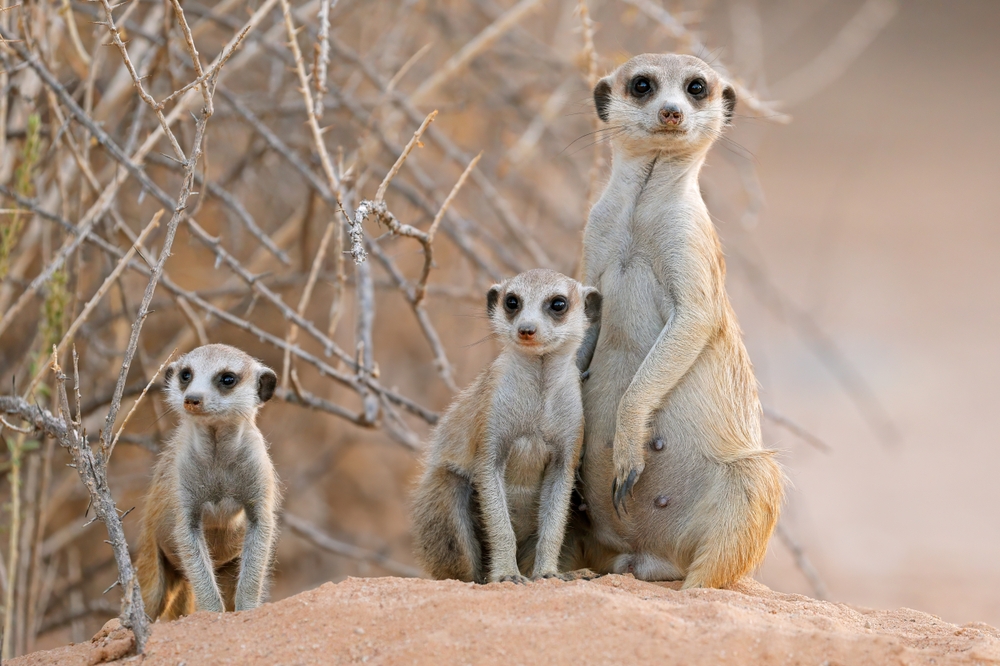
Meerkat parents know the value of community. While the group forages, a designated member stands guard, scanning for predators. If danger arises, the sentry sounds an alarm, giving the young time to hide in burrows. This system of collective vigilance is a masterclass in shared responsibility.
8. Swans Fight Fiercely With Their Wings
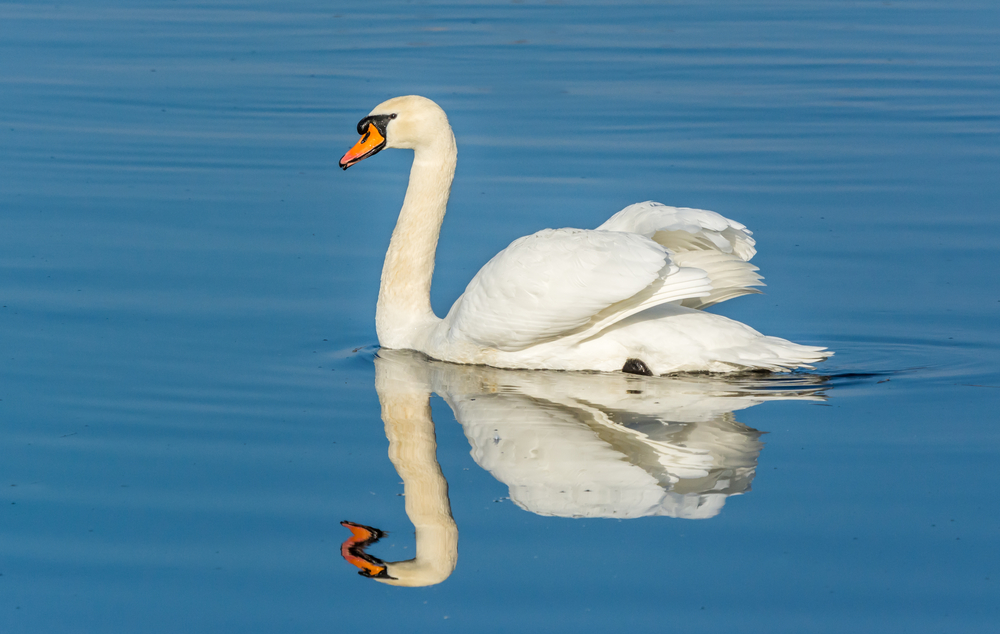
Don’t let their grace fool you—swans are fierce defenders of their cygnets. Using their powerful wings, they’ll charge at and attack anything threatening their young, including humans. Their elegant image masks a deeply protective spirit that’s downright intimidating in action.
9. Kangaroos Use Their Pouch as a Safe Haven
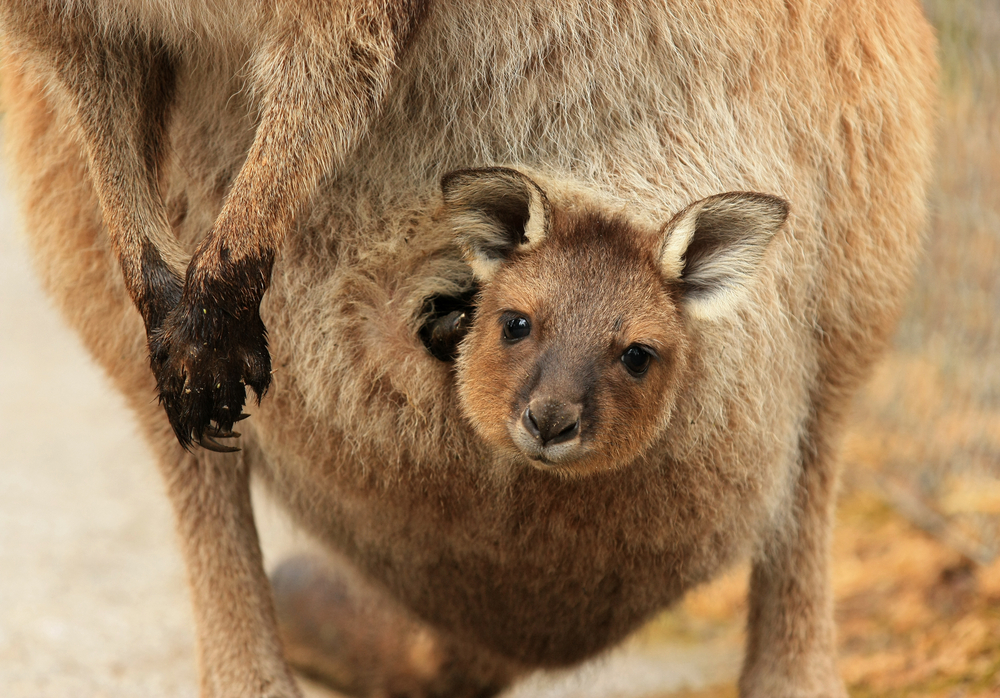
Kangaroo joeys have the coziest safe spot: their mother’s pouch. If danger lurks, mama kangaroo bounds away with her baby tucked snugly inside. It’s nature’s ultimate “getaway vehicle,” allowing both to escape predators with remarkable speed and agility.
10. Alligator Moms Carry Hatchlings in Their Jaws
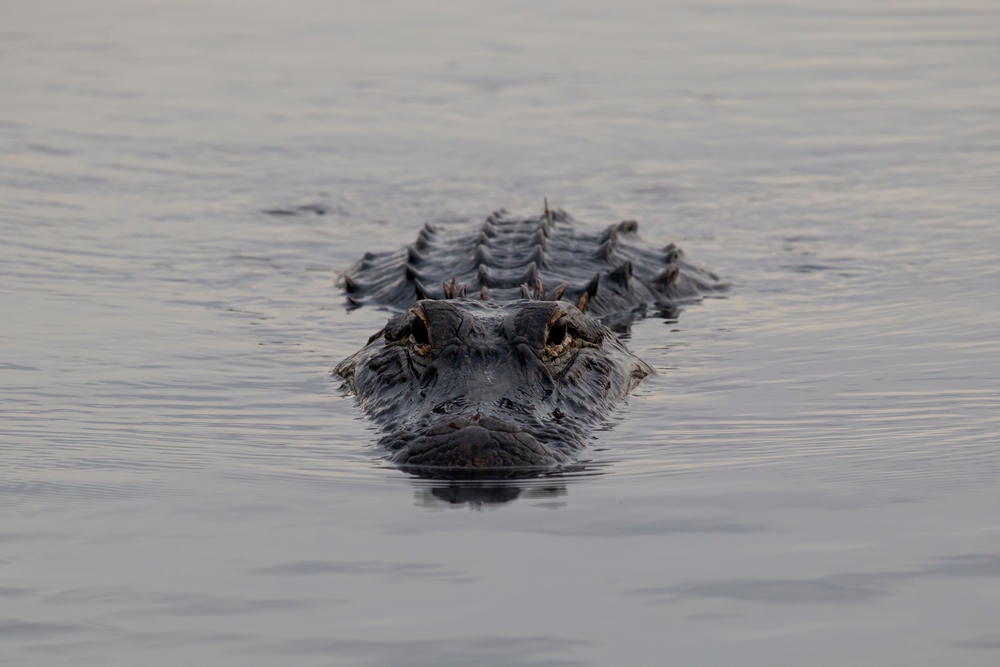
It might sound counterintuitive, but alligator moms carry their tiny hatchlings in their mouths for protection. With an instinctive gentleness, they transport their babies from the nest to the water, keeping them safe from land-based predators. Talk about a unique babysitting service.
11. Penguins Brave Harsh Conditions
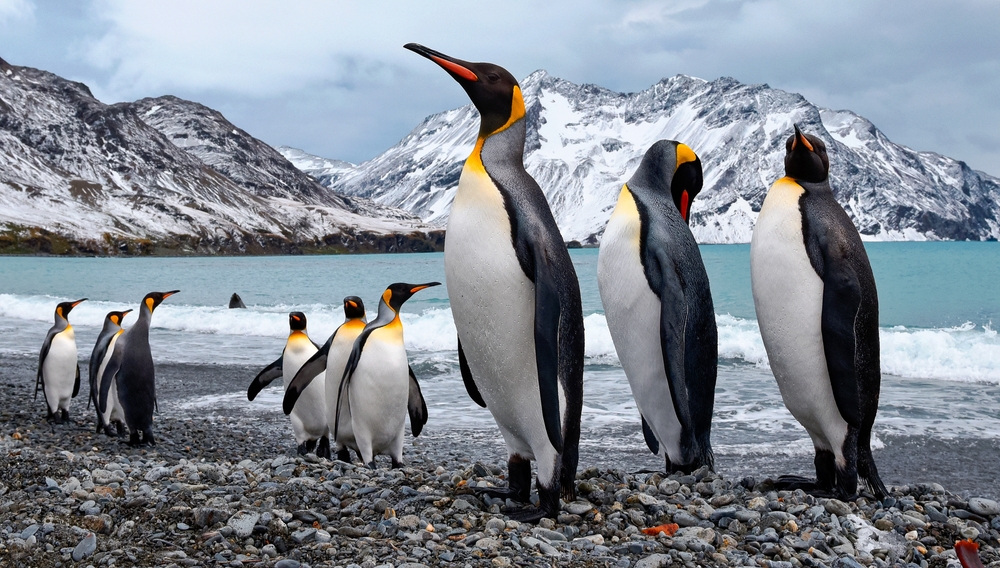
Emperor penguins might be the toughest parents around. Male penguins protect their eggs by balancing them on their feet under a special flap of skin, enduring freezing winds and starvation for months while the females forage. This dedication ensures their chicks are born in the harshest conditions imaginable.
12. Sloth Moms Hide in Plain Sight
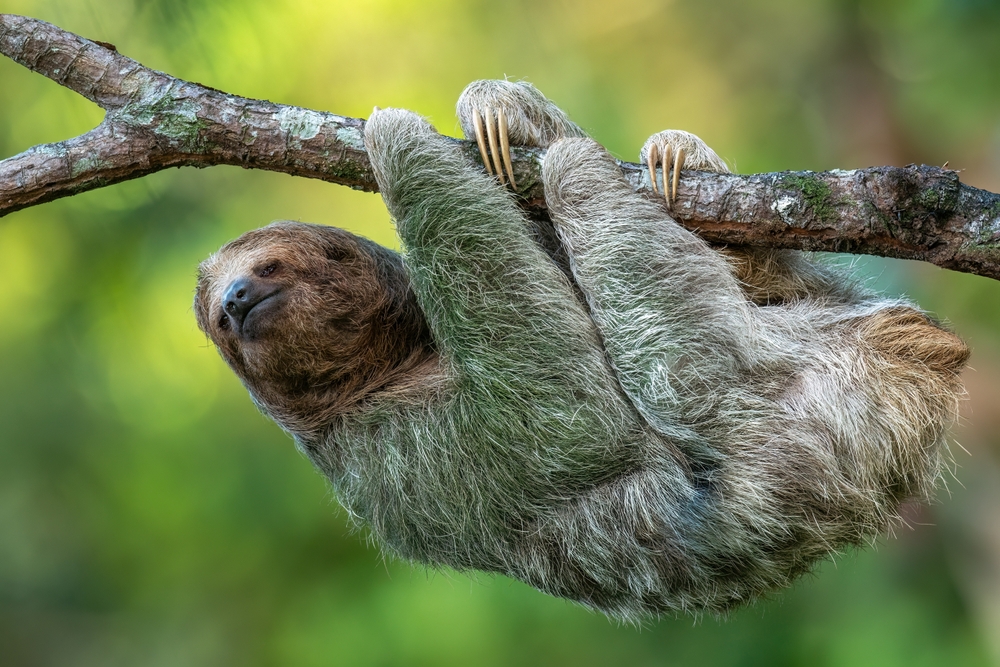
Sloth mothers use their slow movements and camouflage to avoid drawing attention to their young. By blending seamlessly into the trees and keeping quiet, they make it nearly impossible for predators to spot them and their babies. It’s a lesson in the power of patience and subtlety.
13. Hornbills Seal Their Nests
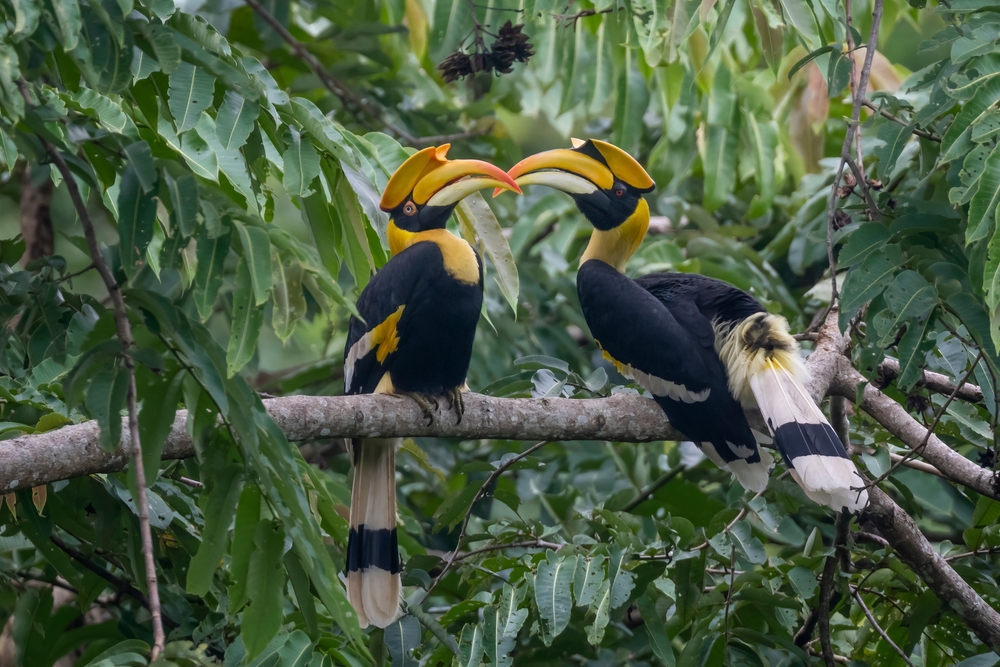
Female hornbills literally seal themselves inside tree cavities with their eggs, leaving only a narrow slit for the male to pass food through. This fortress-like strategy keeps their chicks safe from predators until they’re old enough to emerge. It’s a parenting approach that screams “better safe than sorry.”
14. Bears Fight With Ferocity
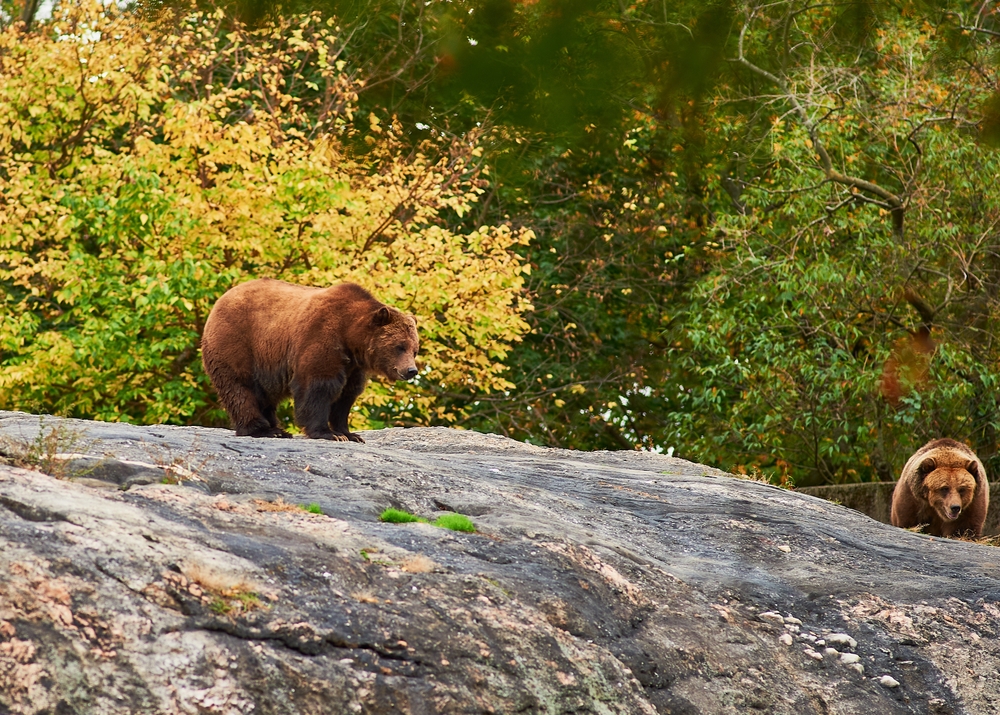
Mother bears are the definition of fearless. Whether it’s fending off wolves or other bears, they’ll go to extraordinary lengths to keep their cubs safe. With sheer size, strength, and a don’t-mess-with-me attitude, they’re the ultimate example of a protective parent in the wild.
15. Clownfish Guard Their Anemone Homes
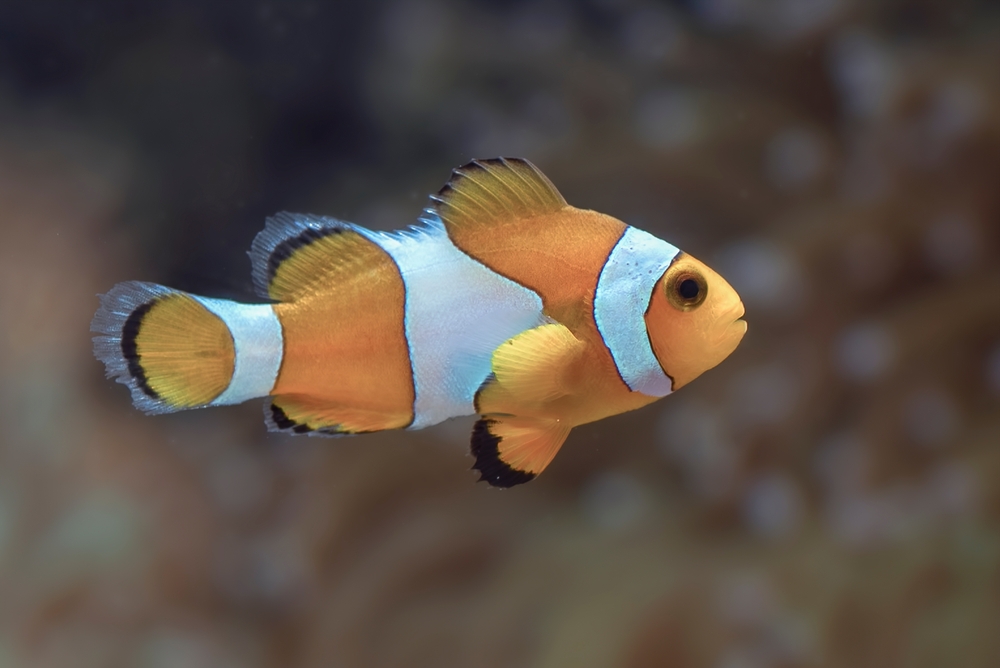
Clownfish parents protect their eggs by hiding them within the safety of their sea anemone home. The anemone’s stinging tentacles ward off most predators, while the clownfish themselves patrol the perimeter, ready to fight off any intruders. It’s teamwork at its finest under the sea.
From breathtaking bravery to ingenious strategies, these animal parents prove that protecting the next generation is a universal instinct. In the wild, love isn’t always gentle—it’s fierce, creative, and endlessly inspiring.
